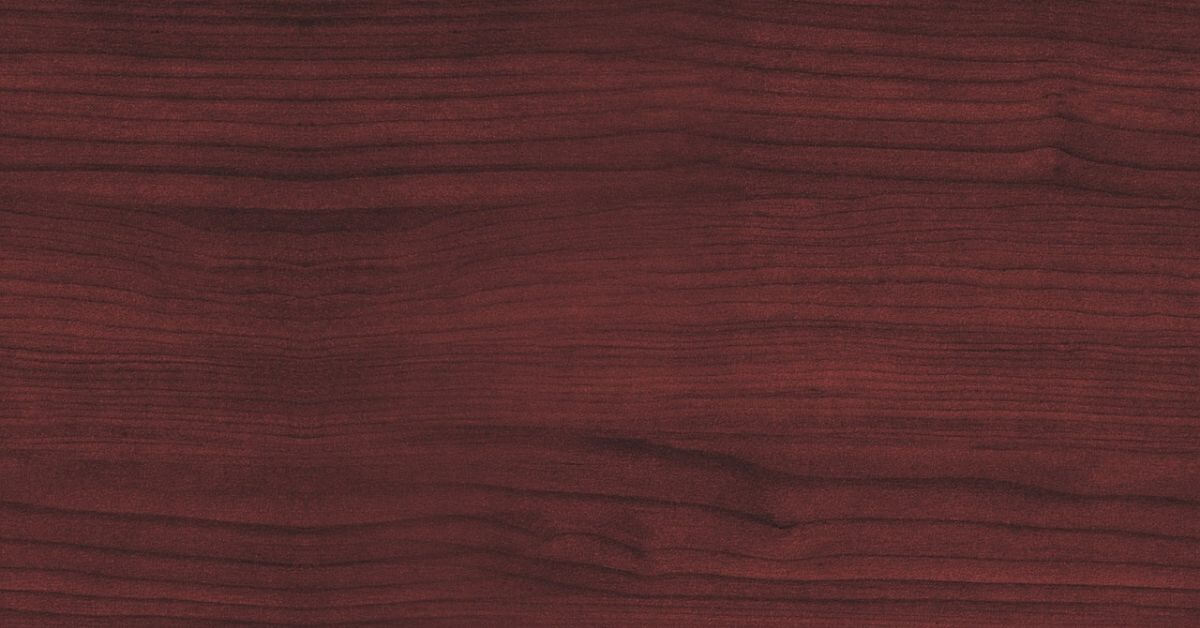Mahogany is prized for its rich, reddish-brown color, fine grain, and excellent durability. Known for its luxurious appearance and high quality, mahogany has been used for centuries in fine furniture, cabinetry, and musical instruments. It’s also a popular choice for architectural woodwork, adding an elegant touch to homes and offices.
However, the high price tag that comes with mahogany has left many wondering—why does this wood cost so much more than other types of lumber? Several factors contribute to mahogany’s expensive price, from its rarity to the complicated logistics of sourcing it. Let’s dive into the reasons behind the hefty price of mahogany.
Types of Mahogany
There are several types of mahogany on the market, but not all are created equal. Each type has its own price range and availability, with genuine mahogany being the most expensive and highly sought after.
Genuine Mahogany
Also known as Swietenia macrophylla, genuine mahogany is native to Central and South America. It’s the “gold standard” of mahogany and is prized for its exceptional quality. However, it’s also one of the rarest types, making it more expensive.
African Mahogany
African mahogany (genus Khaya) is another popular type of mahogany that is more readily available than genuine mahogany. It’s often more affordable but still comes with a premium price compared to many other types of wood.
Other Types of Mahogany
There are other types of wood marketed as mahogany, such as Philippine mahogany or Sapele, but they don’t possess the same qualities as genuine mahogany and are typically less expensive.
Rarity of Mahogany Trees
One of the primary reasons for mahogany’s high cost is its rarity. Genuine mahogany trees are not only difficult to find but also slow-growing, which limits their availability. As demand for high-quality wood continues to rise, the limited supply has driven prices up. Unlike fast-growing trees like pine, mahogany takes decades to mature, and overharvesting has made it even scarcer.
Slow Growth Rate of Mahogany Trees
Mahogany trees grow slowly, taking 25 to 35 years to reach maturity, and in some cases, even longer. This slow growth means that it takes time to replenish the supply after trees are harvested. Since timber companies can’t rely on fast regeneration, the long wait period adds to the wood’s value and cost.
High Demand for Mahogany
The demand for mahogany has always been high, and it continues to increase in modern times. Its association with luxury, durability, and aesthetic appeal makes it highly desirable for furniture makers, boatbuilders, and even musical instrument manufacturers. This demand pushes the price of mahogany higher as consumers are willing to pay more for its unmatched beauty and quality.
Harvesting Challenges
Remote Locations
Mahogany trees are often found in remote tropical forests, which makes harvesting them an expensive and logistically challenging endeavor. Workers must travel long distances to reach the trees, often in difficult and inaccessible terrain, which increases labor and transportation costs.
Labor-Intensive Process
Harvesting mahogany is labor-intensive, requiring skilled workers to carefully fell and transport the trees to prevent damage. Because the wood is so valuable, mistakes during harvesting can be costly, adding another layer of expense to the final product.
Mahogany’s Durability and Longevity
Another reason mahogany commands a high price is its durability and longevity. Mahogany is resistant to rot, decay, and insects, making it an excellent choice for outdoor furniture, boatbuilding, and long-lasting indoor pieces. Its durability ensures that products made from mahogany can last for decades, if not centuries, which makes it a worthwhile investment despite the higher upfront cost.
Alternatives to Mahogany
Given the high price of mahogany, some consumers and manufacturers have turned to alternatives like Sapele, African mahogany, or walnut. While these woods can offer similar looks or properties, they often don’t match the prestige or full range of qualities that genuine mahogany provides.
Price Comparison: Mahogany vs Other Woods
When compared to more common types of wood like oak, pine, or maple, mahogany is significantly more expensive. While oak might cost around $5 to $8 per board foot, genuine mahogany can range from $10 to $28 per board foot, depending on its quality and source.
Is Mahogany Worth the Cost?
For many, the high price of mahogany is worth the investment. Its durability, beauty, and unique properties make it a top choice for high-end furniture and craftsmanship. While cheaper alternatives exist, they often don’t offer the same combination of qualities that mahogany provides.
FAQs
Why is mahogany considered a luxury wood?
Mahogany’s beauty, durability, and rarity make it a top choice for luxury furniture, boats, and musical instruments.
Is mahogany environmentally sustainable?
Mahogany faces sustainability challenges due to overharvesting, but strict regulations like CITES aim to protect the species.
What makes mahogany so durable?
Mahogany’s dense grain and natural resistance to rot and insects make it highly durable.
Are there cheaper alternatives to mahogany?
Yes, woods like Sapele and African mahogany offer similar qualities at a lower price, though they may not have the same prestige.
Can I still find genuine mahogany today?
Genuine mahogany is available, but it’s becoming rarer due to sustainability concerns and legal restrictions on logging and trade.

